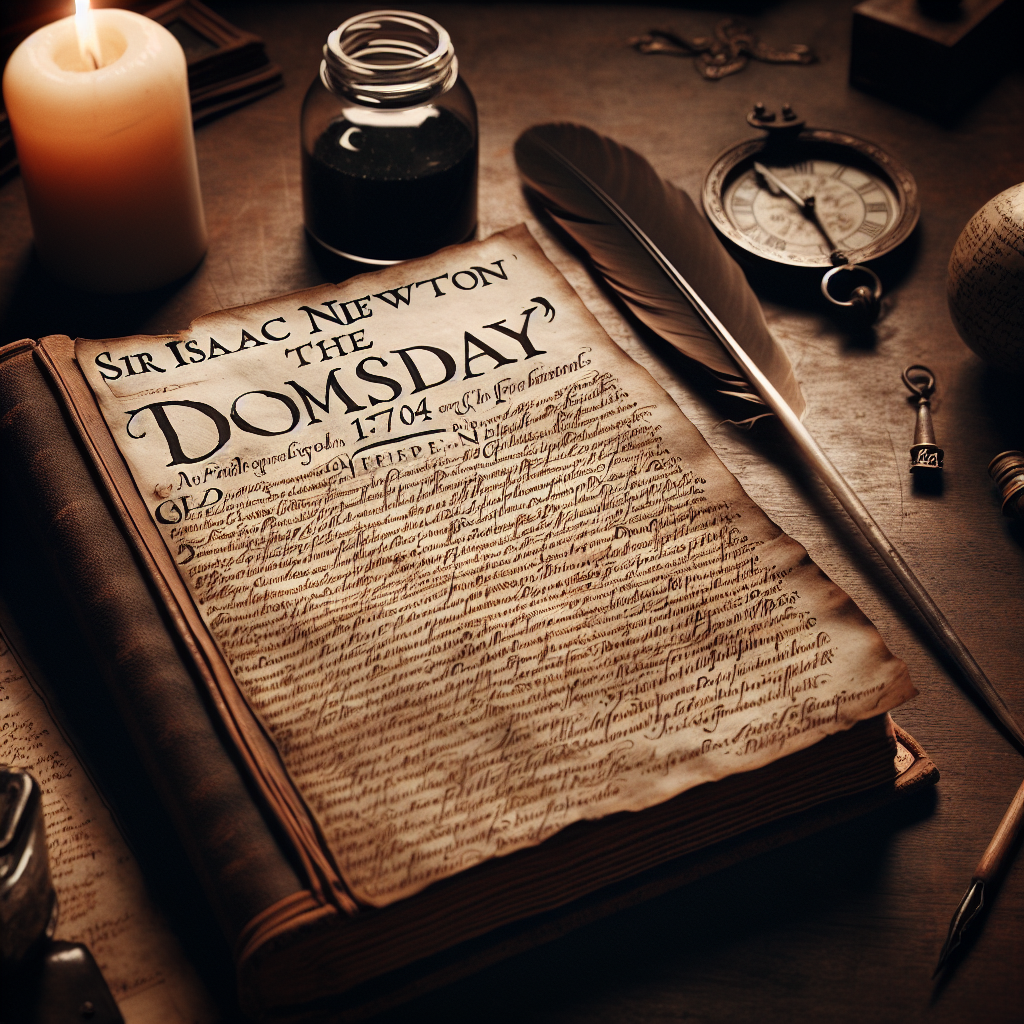Sir Isaac Newton’s 1704 ‘Doomsday’ Prediction: When the World Might End
Sir Isaac Newton’s 1704 ‘Doomsday’ Prediction: When the World Might End
Introduction to Newton’s Prediction
Sir Isaac Newton, renowned for his groundbreaking contributions to science, also ventured into the realm of prophecy. In 1704, he made a prediction about the end of the world, which has intrigued historians and enthusiasts alike.
The Basis of Newton’s Prediction
Newton’s prediction was not based on scientific calculations but rather on his interpretation of religious texts, particularly the Bible. He believed that the world would end 1,260 years after the foundation of the Holy Roman Empire.
Key Insights from Newton’s Calculation
- Newton’s prediction was rooted in his study of the Book of Daniel and the Book of Revelation.
- He calculated the end of the world to occur in the year 2060.
- Newton’s approach combined his deep religious beliefs with his analytical skills.
Public Reaction and Historical Context
Newton’s prediction has sparked curiosity and debate over the centuries. While some view it as a mere historical curiosity, others see it as a reflection of the era’s intertwining of science and religion.
Conclusion: A Blend of Science and Mysticism
Sir Isaac Newton’s 1704 ‘Doomsday’ prediction offers a fascinating glimpse into the mind of one of history’s greatest thinkers. While primarily known for his scientific achievements, Newton’s foray into prophecy highlights the complex interplay between science, religion, and mysticism during his time. Whether viewed as a serious forecast or a historical footnote, Newton’s prediction continues to captivate and provoke thought.








































